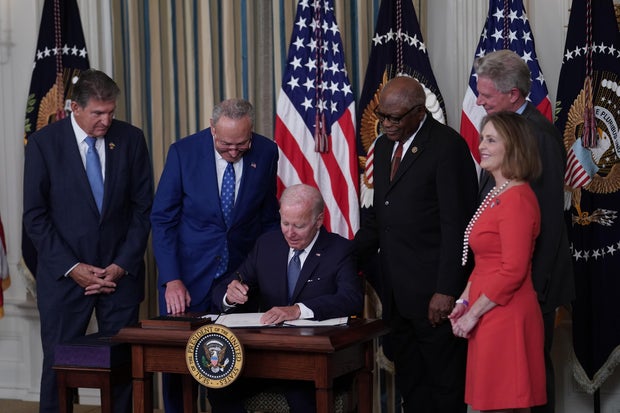On August 16, 2022, President Joe Biden signed a groundbreaking legislation, the Inflation Reduction Act, into law, marking a significant milestone in the United States’ fight against climate change. This comprehensive bill allocates approximately $370 billion in investments to supercharge clean energy development. It stands as the most substantial federal climate investment in U.S. history and creates a historic momentum for the development of the Direct Air Capture industry.

Influence on carbon dioxide capture industry
Within the Inflation Reduction Act, two distinct approaches to carbon capture take center stage.
The first is carbon capture and storage, involving the capture of carbon dioxide emitted during power generation and industrial processes. The captured carbon dioxide is then transported for either storage or repurposing. The second strategy aims to drive the advancement of direct air capture technologies, capable of pulling carbon dioxide directly from the atmosphere. This approach is designed for permanent and durable removal of CO2, while it also can be used for utilisation purposes.
Currently there are only a dozen carbon capture and storage facilities in the U.S. and a couple of direct air capture facilities removing a small amount of carbon from the air.
Transformation of 45Q tax credit
Prior to the IRA, the 45Q tax credit granted companies $50 per tonne of CO2 captured and durably stored, or $35 per tonne for its utilization in manufacturing processes (for instance in concrete or alternative fuels). However, 45Q tax credit left many emerging DAC companies behind, primarily due to the 100,000-ton/year capture capacity requirement, which was beyond their reach, especially for those still in the pilot stage.
The IRA introduces a significant shift, with the new 45Q offering more substantial incentives – $180/ton for durable CO2 storage and $130/ton for CO2 utilization. Importantly, the IRA significantly reduces the capture threshold to 1000 tons/year, providing essential financial support to DAC startups, university spin-outs, and small-scale facilities. Smaller projects can now benefit from receiving direct payment for the full value of credits during their first years, fortifying their scaling plans.
What’s more, the enhanced 45Q will provide DAC companies with an extension on the deadline for the construction of eligible facilities (until Jan 1st 2033). This will provide research projects and those still early in their DAC technology readiness, more time to implement their plans.
Benefits of Inflation Reduction Act on economy and environmental justice
Besides that, the Inflation Reduction Act is designed to ensure that these transformative investments create good-paying high-quality jobs to lift up the middle class and bring tangible benefits to communities that are often overlooked and left behind. The legislation will help bring environmental justice to disadvantaged communities, including low-income communities, those that endured underinvestment in critical infrastructure or suffered disproportionately from the impacts of industrialisation and climate change (e.g. were exposed to toxic air, land or water pollution, etc.).
Experts anticipate that the passed legislation is poised to trigger a rapid and substantial decline in U.S. emissions. This puts the nation well on course to achieve the ambitious objective set forth by the Biden Administration: a 40% reduction in emissions by 2030 compared to 2005 levels. That goal serves as a barometer of how much climate-related devastation and hardship the world can avert. It effectively sets the compass for all U.S. climate policies, providing a clear direction and a roadmap towards a more sustainable future.
To find out more about the IRA, check this review by McKinzey & company.